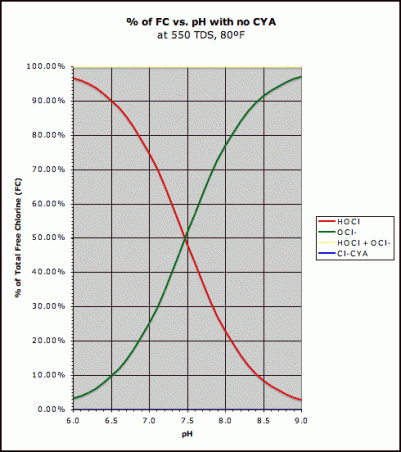JUNE 8, 2011, 2:06 P.M. ET
Associated Press
NEW YORK — It sounds like a late-night infomercial: Kill germs and clean surfaces with nothing more than water and a few volts of electricity! Pay pennies a gallon! Strong enough to kill germs but gentle on your skin! The use of electricity and water to clean and disinfect has been embraced by some food and hospitality businesses looking to save money and go green by swapping out conventional products.
At busy Whole Foods on Manhattan’s Union Square, workers keep battery-operated spray bottles designed to keep surfaces clean with water packing an electrical charge. Also available are electrolyzed oxidizing water products, or EO water, which are cleaning systems that use salt and electricity to create solutions for cleaning kitchens, prison floors and hotel rooms. No, these are not miracle elixirs.
While users of the two different types of systems say they save money, start-up costs are far higher than simply buying a bottle of bleach. They’re not suitable for every cleaning job, and different zapped water treatments can lose potency over time. Critics say some of the claims for electrolyzed water in particular — it’s touted as everything from a health drink to a skin treatment — are overblown. Still, studies have shown water exposed to a charge works as a cleaner.
“We use it everywhere,” said Mary Ann Flynn, appearance manager for the Culinary Institute of America in Hyde Park, N.Y. The school uses EO water. “They fill mop buckets with it. They fill bottles so that the students and the chefs use it in the kitchen.”
The electrolyzed water systems vary, but a common type creates separate streams of disinfectant and cleaner by
running a charge through water exposed to salt. The disinfectant stream mainly contains hypochlorous acid, a form of chlorine. Viking Pure, one of several makers active in the United States, claims its sanitizing solution is effective against a long list of pathogens ranging from listeria to swine flu virus. A big selling point of the machines it sells is that users make the cleaner on the spot so they don’t have to transport chemicals. Viking Pure’s president, Walter Warning, said the “acid water” is so gentle you can spray it on your skin. The same salt-and-electricity process also creates a separate stream of sodium hydroxide, a common ingredient in cleaners. This “alkaline” stream can be used as a general purpose cleaner and degreaser.
Deborah Stone, housekeeping manager for Carolina Designs rental agency at North Carolina’s Outer Banks, swears by it and said some of the biggest problems are convincing workers they can clean without suds. “It’s very difficult for the cleaners to comprehend that because there is no smell and because there are no bubbles, they don’t get the sense that they’re actually cleaning,” Stone said. “You still have those die-hard people that want the suds and the pretty smell.”
Academic researchers have found that electrolyzed systems can be effective cleaners and disinfectants when the process is done correctly.
Professor Ali Demirci of the Department of Agricultural and Biological Engineering at Pennsylvania State University has researched the use of EO water to decontaminate various food products and clean dairy equipment. He has found it works well for both cleaning equipment surfaces and killing bacteria. Professor Yen-Con Hung of the Department of Food Science & Technology at the University of Georgia has studied electrolyzed water for years and said it can be more effective than bleach in many cases. Researchers note that EO water performs best on smooth surfaces. Bassam Annous, a research microbiologist for the federal Agricultural Research Service, has found it does not work well ridding lettuce and apples of E. coli because the water-based solution cannot penetrate the minute crevices where the bacteria can lurk. “This is not a silver bullet,” Hung said. “EO water is not perfect.”
Bob Brown, who is in charge of food safety support for Whole Foods, said that a number of stores in the
mid-Atlantic and Midwest are starting to use the sprayers for cleaning glass and other surfaces, like conveyor
belts. “It’s better for the environment if you’re not using chemicals,” Brown said. “So it’s a green technology that’s
available.” How green? That’s hard to quantify precisely.
In the case of the electric spray bottles, there are no chemicals. Both the spray bottles and the EO water require
electricity, though not much. Activeion’s spray bottle runs on a rechargeable 12-volt battery. Bob Schildgen, aka Mr. Green, the environmental advice columnist at Sierra Club, said comparing a chemical-based cleaner to an electricity-based one is apples to oranges. “It’s extraordinarily difficult to compare such different processes and come to a firm conclusion on it,” he said.
Copyright 2011 Associated Press








